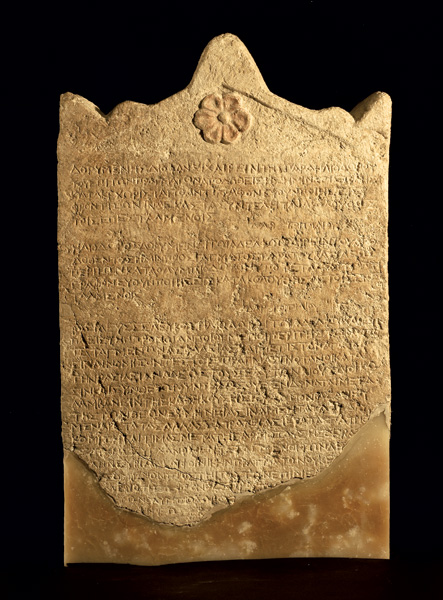Image Details

The Israel Museum, Jerusalem/Photo by Peter Lenyi
FIRST SIGNS OF TROUBLE. A newly discovered stone stela from the reign of the Seleucid king Seleucus IV is providing fresh insight into the tumultuous events that led to the Maccabean revolt of 165 B.C.E. The stela’s Greek inscription, which was written as a series of correspondences between Seleucus, his chief advisor Heliodoros and two lower royal officials, gave the Seleucid king a free hand to interfere in the affairs and treasuries of sanctuaries throughout Coele-Syria, including the Jerusalem Temple. Seleucus’s proclamation represents the beginning of a Seleucid policy of religious exploitation and interference that would, only a decade later, lead to open Jewish rebellion.
